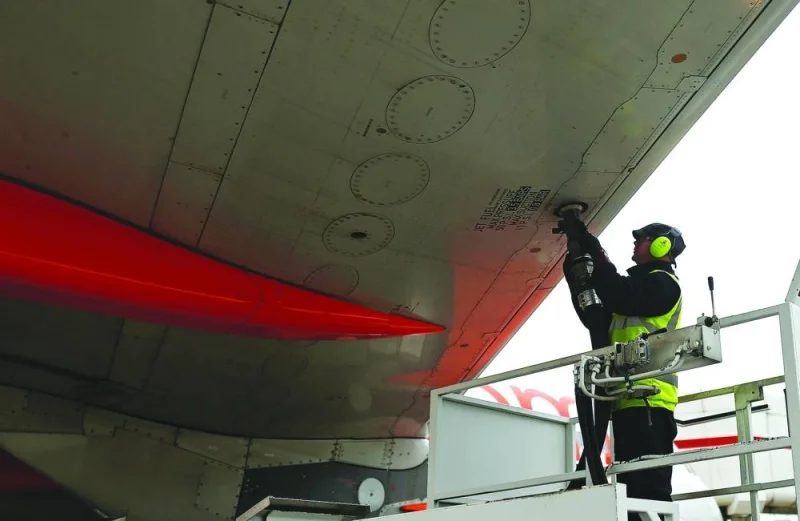| Beyond the Tarmac |
The jet crack has also widened considerably this year, according to the global body of airlines – IATA.
Jet crack or crack spread, is a term used in the energy markets to represent the differences between crude oil and the prices of the wholesale petroleum products that derive from it, such as jet fuel.
Looking forward, the International Air Transport Association (IATA) expects oil prices to moderate somewhat over the forecast horizon, easing to around $92 a barrel in 2023, from around $102 this year.
Notwithstanding the anticipated moderate price decline, the ongoing recovery in traffic volumes will result in the industry’s fuel bill increasing to around $229bn in 2023.
Notwithstanding the anticipated moderate price decline the total fuel spend for 2023 is expected to be $229bn in 2023 — consistent at 30% of expenses. This is on account of greater demand for jet fuel because of the ongoing recovery in traffic volumes.
IATA’s forecast is based on Brent crude at $92.3/barrel (down from an average of $103.2/barrel in 2022). Jet kerosene is expected to average $111.9/barrel (down from $138.8/barrel). This decrease reflects a relative stabilisation of fuel supply after the initial disruptions from the war in Ukraine. The premium charged for jet fuel (crack spread) remains near historical highs.
Passenger demand is expected to reach 85.5% of 2019 levels over the course of 2023. Much of this expectation takes into account the uncertainties of China’s zero-Covid policies, which are constraining both domestic and international markets. Nonetheless, passenger numbers are expected to surpass the 4bn mark for the first time next year (since 2019), with 4.2bn travellers expected to fly.
For airlines, the challenge of elevated fuel prices in 2023 will be the extent to which the costs can continue to be passed on to consumers or, if demand begins to wane, how to manage the still considerable cost burden given the outlook for a very modest profit margin.
Overall airline costs are expected to grow by 5.3% to $776bn. That growth is expected to be 1.8 percentage points below revenue growth, thus supporting a return to profitability. Cost pressures are still there from labour, skill and capacity shortages. Infrastructure costs are also a concern.
Nonetheless, non-fuel unit costs are expected to fall to 39.8 cents/available tonne kilometre (down from 41.7 cents/ATK in 2022 and nearly matching the 39.2 cents/ATK achieved in 2019). Airline efficiency gains are expected to drive passenger load factors to 81.0 %, just slightly below the 82.6% achieved in 2019.
Higher energy consumption around the world also results in higher emissions.
Transportation accounts for around 15% of global CO2 emissions, of which two thirds stem from road transport and one third from maritime and air transport in roughly equal parts, i.e. approximately 2.5% of global emissions each - close to the share of Germany it total emissions.
While it is necessary to reduce all CO2 emissions, it is also important to be aware of the relative size of their various origins, as this can help set the policy agenda and allow for the optimisation of the pace and sequencing of reform.
Today, the technology is available for scaling up the production of sustainable aviation fuel (SAF), while its current production meets less than 1% of total jet-fuel consumption, IATA noted.
Rapid expansion of such production will likely require both public and private investments. Lifting the production to 10% of jet fuels could require $250bn in investments. If that sounds prohibitive, let us ponder the extent of fossil-fuel subsidies.
The OECD and the International Energy Agency have analysed some 51 countries representing 85% of the world’s total energy supply and found that subsidies that kept fossil fuel prices artificially low more than tripled to $531bn in 2021, compared with 2020.
Subsidies for oil and gas production reached a record level of $64bn in 2021, IATA data reveal. Hence, were those funds instead allocated to SAF production, one could reach almost 25% of current jet-fuel consumption.
Or, with only the production subsidies given in a single year, SAF could be brought to 2.6% of jet-fuel consumption.
Clearly, removing harmful fossil-fuel subsidies should be at the top of policymakers’ agenda.




